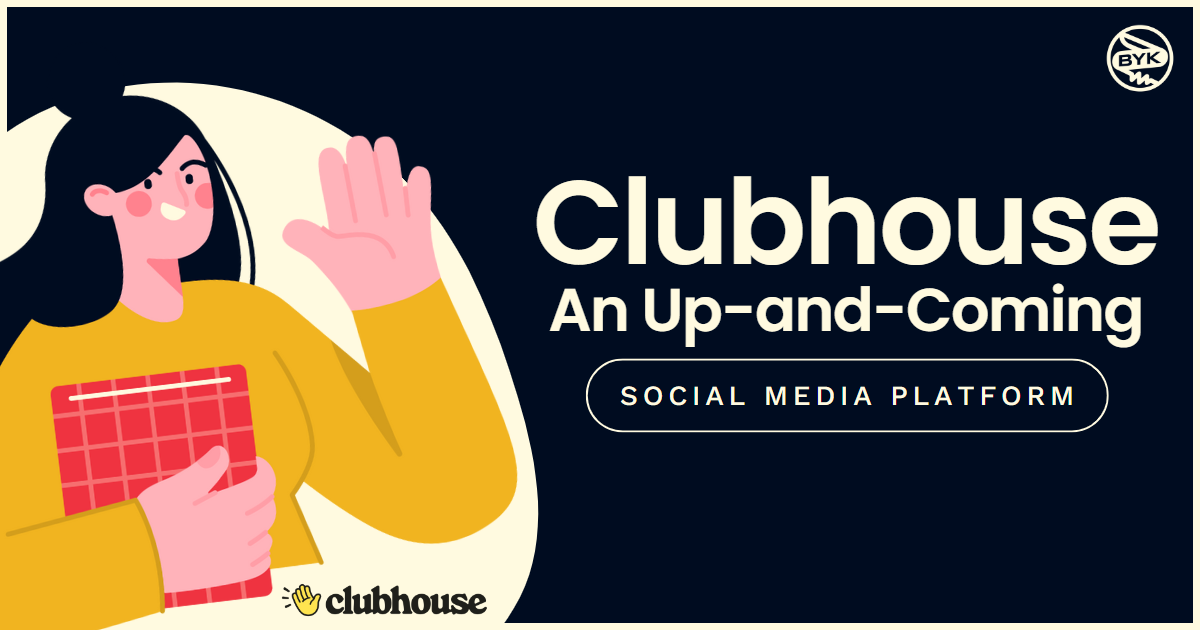[vc_row css_animation=”” row_type=”row” use_row_as_full_screen_section=”no” type=”full_width” angled_section=”no” text_align=”left” background_image_as_pattern=”without_pattern”][vc_column][vc_column_text]We’ve seen much progress in recent years in increasing the accessibility of social media, but there’s always more work to be done. Each individual or brand can contribute by putting effort into making sure their content is as accessible as possible.
Here are some of the top ways you can make your social media presence more accessible. [/vc_column_text][/vc_column][/vc_row][vc_row css_animation=”” row_type=”row” use_row_as_full_screen_section=”no” type=”full_width” angled_section=”no” text_align=”left” background_image_as_pattern=”without_pattern”][vc_column][vc_empty_space][/vc_column][/vc_row][vc_row css_animation=”” row_type=”row” use_row_as_full_screen_section=”no” type=”full_width” angled_section=”no” text_align=”left” background_image_as_pattern=”without_pattern”][vc_column][vc_column_text]
1. Image descriptions or alt text
Whenever you share a photo, you’ll want to include a description of what the photo is in your text as well. That way, screen readers can describe the image to people who are visually impaired. Various social media sites have begun rolling out programs to auto-generate image descriptions. However, many of these are still in the early stages and are imperfect: For now, you’re better off writing the description on your own and including it in your main post. [/vc_column_text][/vc_column][/vc_row][vc_row css_animation=”” row_type=”row” use_row_as_full_screen_section=”no” type=”full_width” angled_section=”no” text_align=”left” background_image_as_pattern=”without_pattern”][vc_column][vc_empty_space][/vc_column][/vc_row][vc_row css_animation=”” row_type=”row” use_row_as_full_screen_section=”no” type=”full_width” angled_section=”no” text_align=”left” background_image_as_pattern=”without_pattern”][vc_column][vc_column_text]
2. Caption your videos
Whether open or closed, you’ll want to ensure any videos you post have some sort of captioning. Open captioning has become more common lately on social media, but either one is extremely helpful for those who are deaf or hard of hearing. As with alt text, many social platforms offer automated captions, but the technology is not perfect so be sure to double-check them before publishing. [/vc_column_text][/vc_column][/vc_row][vc_row css_animation=”” row_type=”row” use_row_as_full_screen_section=”no” type=”full_width” angled_section=”no” text_align=”left” background_image_as_pattern=”without_pattern”][vc_column][vc_empty_space][/vc_column][/vc_row][vc_row css_animation=”” row_type=”row” use_row_as_full_screen_section=”no” type=”full_width” angled_section=”no” text_align=”left” background_image_as_pattern=”without_pattern”][vc_column][vc_column_text]
3. Use color correctly
Most brands and individuals make use of color in some capacity: Very few social media profiles are entirely black and white. Using color is fantastic, but you need to be mindful of the way you are using it, so as to be accessible for those who are colorblind.
There are 2 main things to keep in mind when it comes to color. First, don’t rely on it too much for meaning. Color can be a wonderful addition to photos and videos, making them more eye-catching and even helping with your company’s branding. But make sure all your content can be fully understood by those who may not be able to differentiate between the colors. Additionally, you’ll want to be mindful of your color contrast: make sure it is at least 4.5:1 to be most accessible. [/vc_column_text][/vc_column][/vc_row][vc_row css_animation=”” row_type=”row” use_row_as_full_screen_section=”no” type=”full_width” angled_section=”no” text_align=”left” background_image_as_pattern=”without_pattern”][vc_column][vc_empty_space][/vc_column][/vc_row][vc_row css_animation=”” row_type=”row” use_row_as_full_screen_section=”no” type=”full_width” angled_section=”no” text_align=”left” background_image_as_pattern=”without_pattern”][vc_column][vc_column_text]
4. Optimize your text for screen readers
One of the most widely used tools that have helped to make social media accessible to those who are blind or visually impaired is the screen reader. While screen readers are quite advanced, there are still some common practices in social media captions that they have trouble reading. When you’re writing text for social media posts, keep the following three best practices to optimize for screen readers in mind.
- Write your hashtags in camelcase, capitalizing just the first letter of each word (eg. #EatLocal)
- Use minimal emojis. Screen readers will describe each individual emoji, so if you include 10 laughing emojis in a row, you can imagine how annoying that would be to listen to.
- Avoid fancy fonts. Many screen readers are only able to read the standard font for each site, so any words you write in alternative fonts can get lost or misinterpreted
[/vc_column_text][/vc_column][/vc_row][vc_row css_animation=”” row_type=”row” use_row_as_full_screen_section=”no” type=”full_width” angled_section=”no” text_align=”left” background_image_as_pattern=”without_pattern”][vc_column][vc_empty_space][/vc_column][/vc_row][vc_row css_animation=”” row_type=”row” use_row_as_full_screen_section=”no” type=”full_width” angled_section=”no” text_align=”left” background_image_as_pattern=”without_pattern”][vc_column][vc_column_text]
5. Avoid ableist language
In your writing on social media, you always want to respect the people and communities with disabilities. One way to do this is by being mindful of the language you are using. Avoid phrases like “insane” as negative descriptors, because that can contribute to the stigma around mental health. Say “support” instead of “I stand with” to respect those who are unable to stand. As a whole, review all captions and posts to ensure they are as inclusive as possible! [/vc_column_text][/vc_column][/vc_row][vc_row css_animation=”” row_type=”row” use_row_as_full_screen_section=”no” type=”full_width” angled_section=”no” text_align=”left” background_image_as_pattern=”without_pattern”][vc_column][vc_empty_space][/vc_column][/vc_row][vc_row css_animation=”” row_type=”row” use_row_as_full_screen_section=”no” type=”full_width” angled_section=”no” text_align=”left” background_image_as_pattern=”without_pattern”][vc_column][vc_column_text]
6. Make use of accessibility tools being offered by social media platforms-with caution
As we mentioned above, sites like Facebook, Instagram, and Twitter have made strides recently to incorporate tools that encourage inclusivity into their platforms. It’s always good to stay up-to-date on the tools being offered and know what is available to you. However, be cautious when making use of these tools and technologies. Many are still rudimentary, and may end up doing more harm than good due to their shortcomings. Don’t just use every tool that is released without a second thought: Be sure it is accomplishing the stated goal and actually serving its purpose of helping your channel be more inclusive and accessible. [/vc_column_text][/vc_column][/vc_row][vc_row css_animation=”” row_type=”row” use_row_as_full_screen_section=”no” type=”full_width” angled_section=”no” text_align=”left” background_image_as_pattern=”without_pattern”][vc_column][vc_empty_space][/vc_column][/vc_row][vc_row css_animation=”” row_type=”row” use_row_as_full_screen_section=”no” type=”full_width” angled_section=”no” text_align=”left” background_image_as_pattern=”without_pattern”][vc_column][vc_column_text]The six steps above are a great place to start to increase the accessibility of your social media presence. With every image, video, and post, be sure you are thinking of how you can be more inclusive. Every effort helps when it comes to accessibility! [/vc_column_text][/vc_column][/vc_row]




